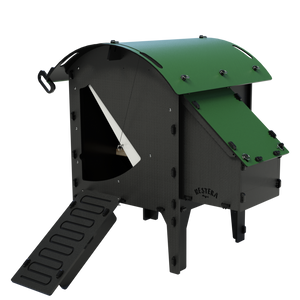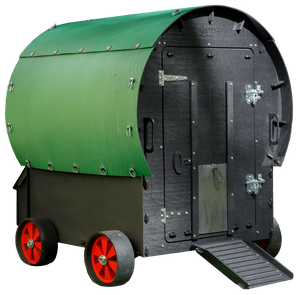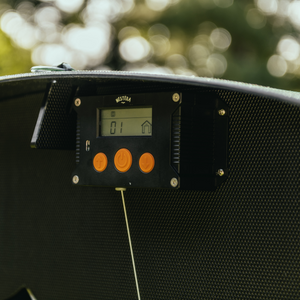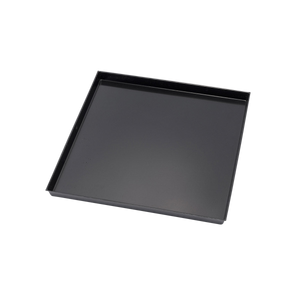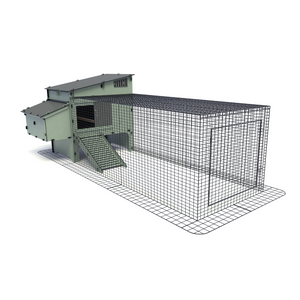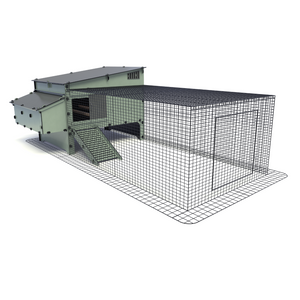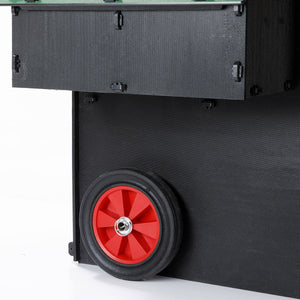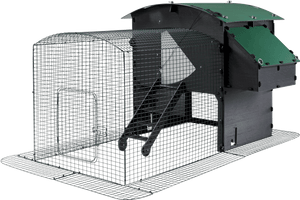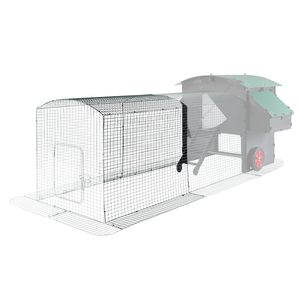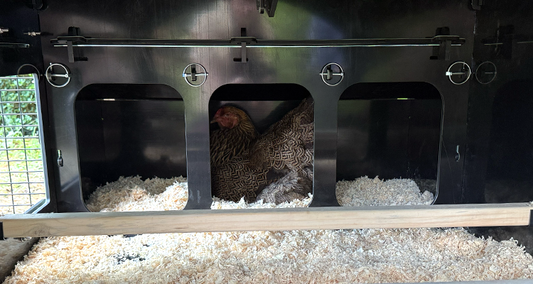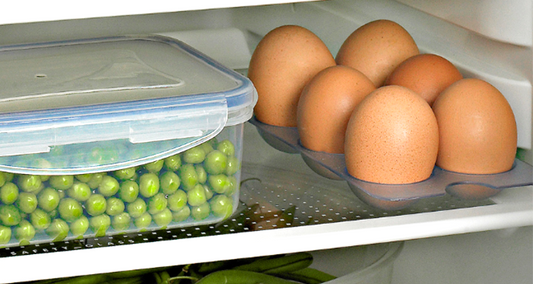The answer to every question you could ever have about chicken grit
What Is Mixed Hen Grit?

Mixed hen grit is a blend of two essential types of grit for poultry health:
-
Insoluble grit – usually made from flint or granite
-
Soluble grit – typically crushed oyster shells or limestone
Why Is Grit Important for Chickens?
-
Digestive Health: Chickens lack teeth, so insoluble grit sits in the gizzard and grinds food like grains and fibrous plants.
-
Eggshell Formation: Soluble grit provides calcium, which is absorbed into the bloodstream to support strong eggshells and bone development

While free-range hens might naturally find grit or calcium-rich insects, confined chickens rely on added grit for both digestion and nutrition.
Do Chicks Need Grit Too?

Yes. Chicks under 8 weeks old need fine chick grit, which is smaller and suited to their developing digestive systems.
How Should I Feed Grit?
-
Free-Choice Feeding: Offer grit in a separate container so chickens can take what they need.

-
Mixed with Feed: Mix a small amount into their feed, but avoid over-supplying as this can cause digestive issues. Be cautious with loose pellets in hoppers—grit can sink and block access to the feed above.
-
Monitor Consumption: Chickens naturally regulate their intake. If they seem uninterested, try a flavoured grit like Gastro Grit with aniseed to stimulate appetite.
Where Can I Buy Grit?
-
Local Farm Stores: Look for 20kg sacks instead of small plastic tubs to reduce cost and plastic waste. Ask staff directly if it’s not on display.
-
Online Retailers: Widely available, but delivery costs may be higher due to weight.
-
DIY Options: Crushed, baked eggshells can substitute for soluble grit in a pinch.

What About Roosters?
Roosters benefit from grit too—especially insoluble grit for digestion. Thanks to zoopharmacognosy (animal self-medication), chickens instinctively choose what their bodies need. They’ll often pick out the flint and granite pieces while leaving the calcium-based ones behind.


